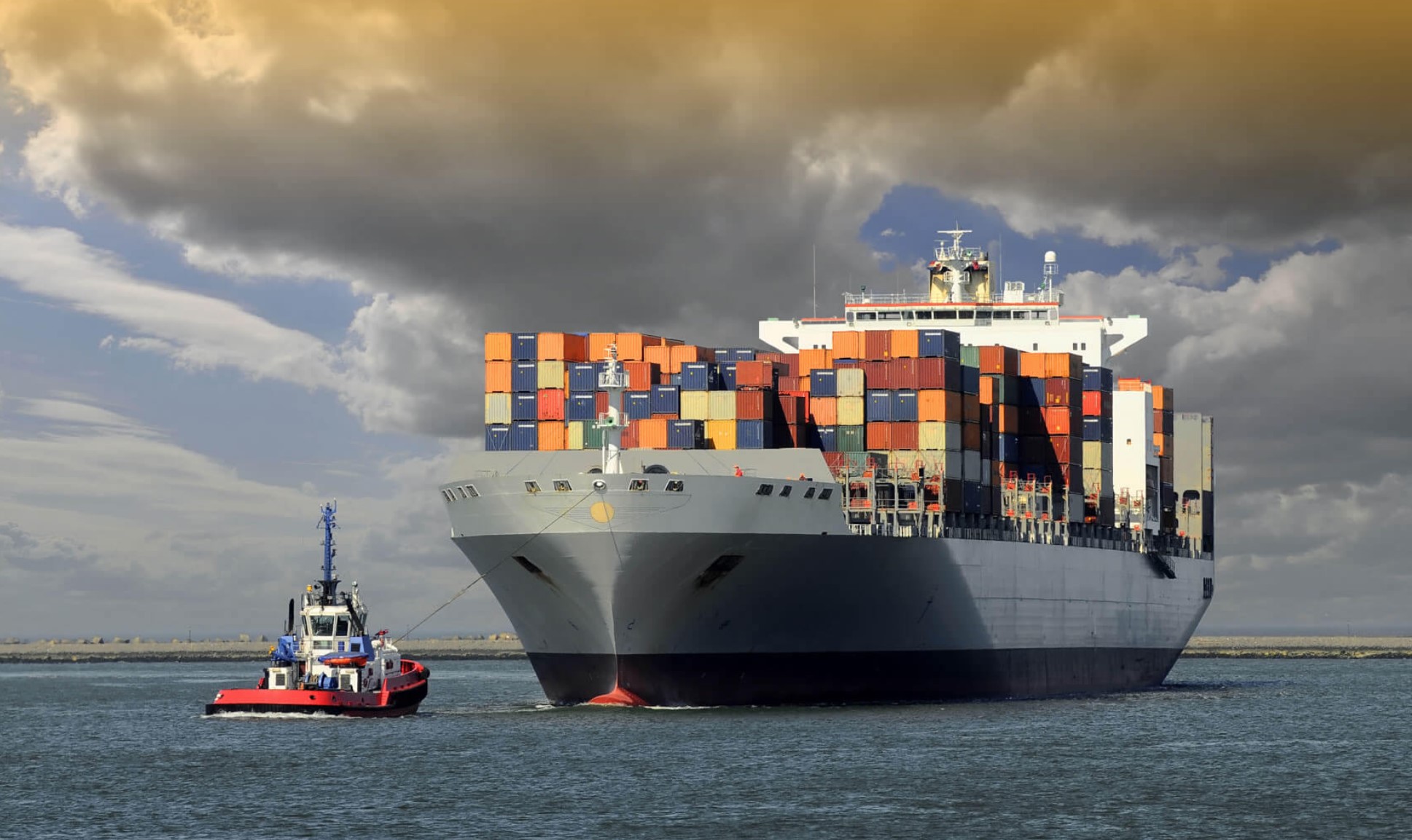———————————————
The peak season in maritime logistics is a period characterized by a sudden surge in demand for shipping, skyrocketing rates, and critically limited space on vessels. This is especially noticeable on routes from China, as most goods for global trade originate there. According to specialists at Dragon Logistics, this typically occurs during holiday sales, subscription seasons, and annual campaigns.
During this time, several challenges arise simultaneously: port congestion, container shortages, rising tariffs, and vessel delays. Therefore, it is important to prepare not only in advance but also strategically, allowing flexibility to respond to unforeseen circumstances.
Demand Forecasting and Planning
Demand forecasting allows companies to understand in advance the volumes of products needed, the optimal shipping times, and the most stable routes. Without accurate forecasts, companies risk either not having goods on time or overpaying for urgent shipping amid container shortages.
Planning ensures vessel space reservations, alignment of schedules with suppliers, avoidance of port congestion, and readiness of warehouses for loading. It also allows for contingency scenarios in case of emergencies, such as route changes due to political situations or weather conditions.
The first step is analyzing historical data: past demand peaks, industry trends, and competitors’ promotional activity. Based on this, forecasts are made and critical points are identified. Maintaining a stock of SKUs is also important to prevent shortages.
When seeking vessel space, bookings should be made well in advance of the peak. This reduces the risk of higher rates and guarantees space on the ship. Additionally, shipments can be routed through alternative ports or use multimodal transport (combining sea, rail, and road). Companies can negotiate expanded routes through regional harbors to avoid congestion.
Together, these measures minimize risks, reduce costs, and ensure supply stability, which is crucial for maintaining customer trust during peak periods.
Warehouse Optimization, Technology, and Information Tracking
The larger the volume, the more important efficiency becomes. Using WMS, RFID, conveyor systems, and sorting equipment significantly speeds up cargo handling. Investing in automation improves accuracy and reduces order fulfillment times.
TMS (Transportation Management Systems) also help to:
- optimize routes;
- select the best carriers;
- plan loading schedules.
This reduces transit times and minimizes costs.
Knowing the exact location of cargo at any given time is key to quick decision-making. Implementing GPS/IoT-based tracking systems, digital platforms, and alert notifications is essential. The ability to instantly reroute or redirect shipments provides a competitive advantage in unpredictable situations.
Communication with Logistics Partners
During periods of high demand on global supply chains, effective communication with logistics partners is crucial. When every minute and every container is critical, open and regular dialogue with carriers, forwarders, ports, and customs brokers allows companies not only to react to changes but also to anticipate them.
Coordinated communication enables:
- timely awareness of port congestion, vessel delays, schedule disruptions, or lack of space;
- the ability to adjust routes;
- changes in shipment batches.
Early agreement on conditions, deadlines, and delivery options minimizes misunderstandings and financial losses. Constant status updates, joint planning, and transparency build trust and strong partnerships. During peak season, success goes to those who plan and communicate openly, flexibly, and professionally, as strong logistics starts with strong dialogue.
Conclusions and Recommendations
Peak season is a period when minor delays can be costly, and the absence of a clear plan can disrupt the entire supply chain. To mitigate risks and operate efficiently, proactive measures are essential.
Key recommendations:
- Plan in advance – book container space weeks or even months before peak demand;
- Forecast demand – analyze previous seasons, prepare for higher volumes, and ensure timely stock replenishment;
- Consider alternatives – use different ports, routes, and multimodal transport;
- Diversify supply – avoid reliance on a single route or supplier;
- Automate processes – implement digital tools for monitoring and analytics;
- Communicate with partners – maintain constant contact with carriers, forwarders, and brokers for rapid response.
During peak season, success favors those prepared for reality rather than an ideal scenario. Partnering with Dragon Logistics provides a strategic advantage, keeping operations afloat even during the most turbulent periods.
